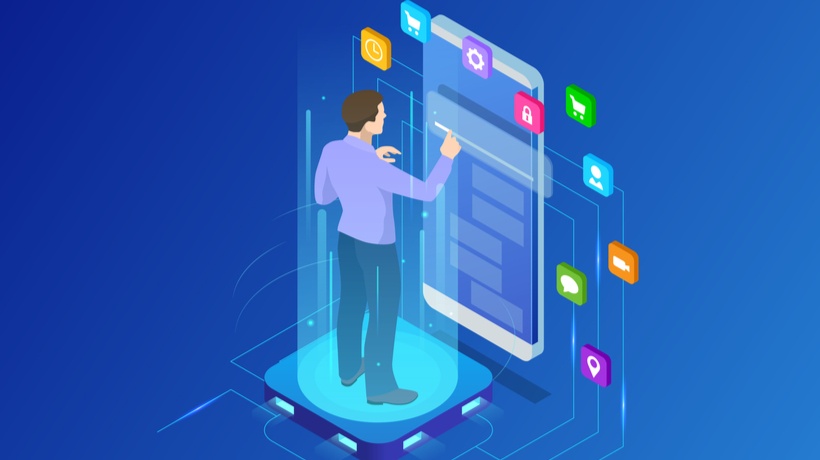The Successful Learning Transformation Strategy
Let us have a look at the 10 key components of a successful corporate learning transformation strategy:
- Business Alignment.
Do our clients in business want to buy what we are producing or do they consider our learning deliverables to be grudge purchases? - Governance.
We have to be excellent stewards of the funds allocated to learning. Specifically we need to ensure that our supplier management and the standards which we set for their deliverables exceed the expectations of our clients. We need to have a business like mindset. - Measurement.
We need to demonstrate that we are making the best use of the budgets allocated to us and that we are consistently seeking ways in which to optimize the impact of our learning programs. - Content.
All our employees are denizens of the internet and as such they are used to consuming quality, appetizing content. We are all members of the YouTube generation and, whether we like it or not, we have become accustomed to learning from three minute videos. If we do not have enterprise learning video strategies, we will lose our audiences. - Technology.
There is a global seismic shift away from desktops and laptops and towards tablets, phones, and phablets. We need to adopt our delivery strategies to recognize BYOD and the fact that our employees have their smart phones in their hands all day long. Smartphones are the future of learning. - Delivery.
70:20:10 may be a slightly hackneyed concept, but it still rings true. We tend to focus on the 10 because it's what we do well and it's what we can measure. We need to focus our energies on the informal and social learning environments and how we can enable them. All our employees are active on social media where they collaborate, share knowledge, network, create content, and build their personal eminence. Imagine the benefits if we could harness that pre-existing social networking and collaboration propensity inside the corporate firewall. - Behavior And Culture.
Many enterprises still subscribe to a push model of learning. It is the responsibility of the enterprise to create an environment of learning where employees can access learning just in time and just for me. - Competency And Curriculum Management.
We need to provide our employees with learning paths which are a contract between the employer and the employee. Curricula demonstrate a commitment by the employer to provide employees with relevant career enhancing development opportunities. - Operations.
The network, the Learning Management System (LMS), the content, the technology just has to work. Instructor led training logistics have to be flawless. Learners have to have great experiences every time. - People.
Corporate learning is evolving swiftly. Our learning colleagues need to keep abreast of trends and technology failing which their skills will rapidly become outdated.
So What Are You Going To Do?
Rate your learning organization against each of these ten criteria and develop plans to move your enterprise dial in the direction of world class.
Originally published on September 24, 2015








![Time For Change: How To Launch A Successful Cultural Transformation Training Strategy For Your Enterprise [eBook]](https://cdn.elearningindustry.com/wp-content/uploads/2021/11/shutterstock_1204923136.jpg)
